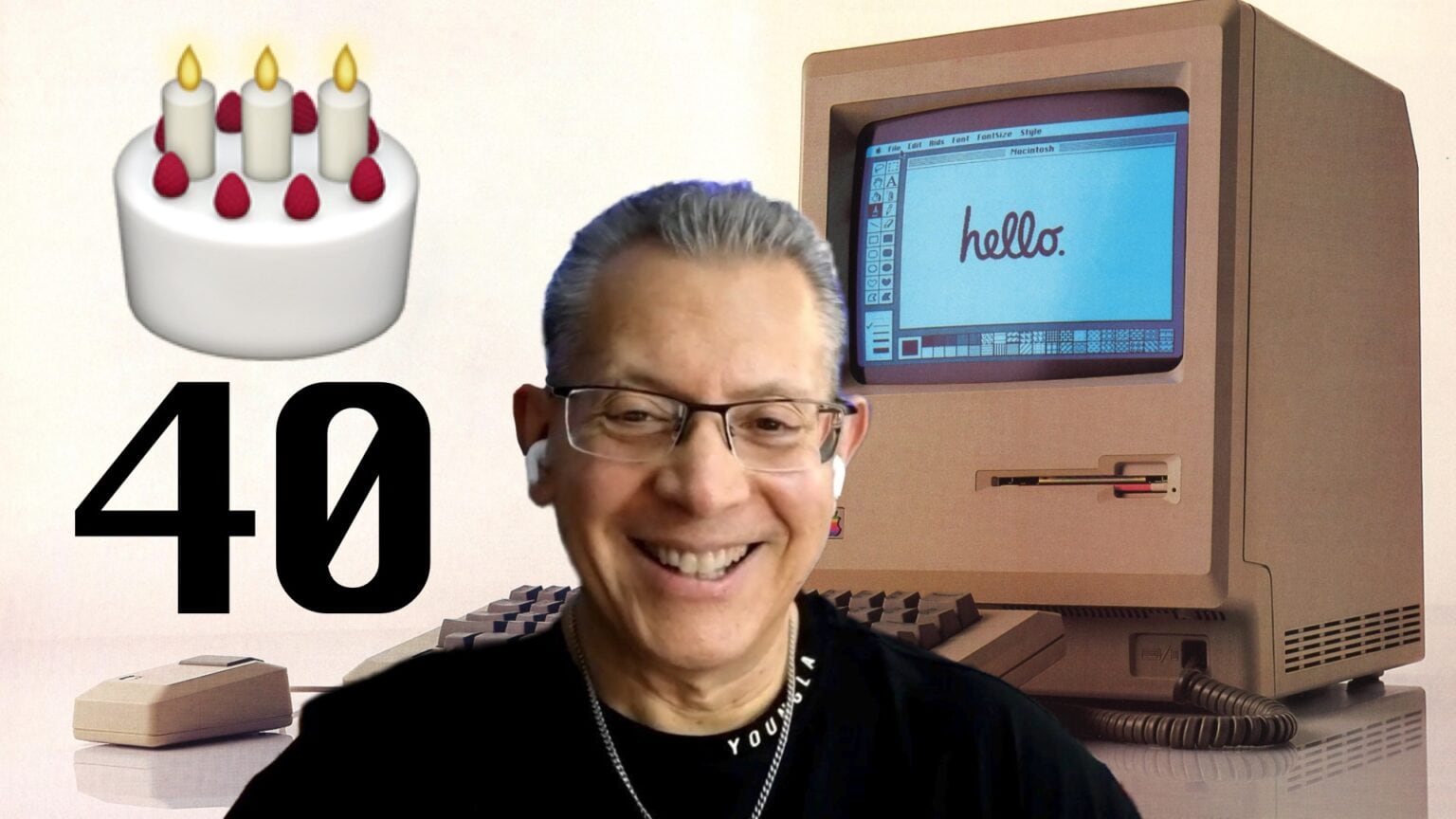Back in the early 1980s, Alfred DiBlasi made his bones selling tons of Apple computers on Long Island, New York. A diehard Mac fan and an undeniably colorful character, DiBlasi has decades of wild Apple stories to tell.
Like the time he met the two Steves — Jobs and Wozniak at a meeting in Manhattan. (Spoiler alert: While the prickly Jobs refused a handshake, Woz gave DiBlasi a big hug.)
These days, DiBlasi — one of the few people on the planet who uses a much-maligned “Trashcan” Mac Pro as a daily driver — posts things like incredibly detailed walkthroughs of the Apple Lisa and the NeXTCube on his YouTube channel.
Prior to the Mac’s 40th anniversary, DiBlasi talked with Cult of Mac about everything Apple, from the clunky computers that preceded the Macintosh 128K to how the machine evolved over time.
You can watch the full conversation on our YouTube channel, or read up on the highlights below. (We recommend you watch the video — DiBlasi’s a hoot.)
Macintosh stories from former Apple salesman Alfred DiBlasi
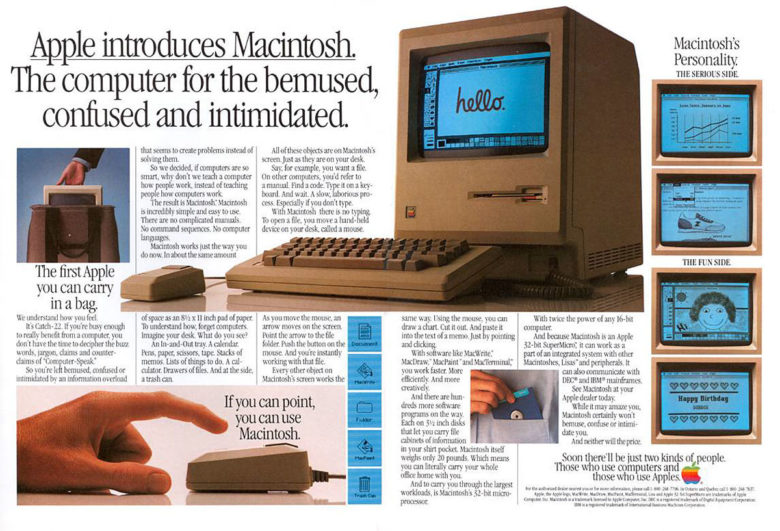
Photo: Apple
At a 1983 Apple developer conference, the official line of conversation was the Apple III and the Lisa, both notorious sales flops that hardly whelmed the crowd.
But according to DiBlasi, word was going around, “You got to talk to this guy, Guy Kawasaki, and talk to him about the Mac.” He told me, “After that conference, they showed us the ‘1984’ commercial and basically said, ‘We got something really hot coming out.’”
And when the computer made its famous official debut, “Some people got up in the middle of the meeting and went to the phones to call their stock brokers to buy Apple stock.”
Meeting the Steves, Jobs and Woz
Around this time, Alfred and his boss were at a Manhattan meeting of Apple dealers when they spot the man himself, Steve Jobs. “Wow, Jerry, was kind of cool that Steve came to the meeting,” DiBlasi said.
“Yeah, would you like to meet him?”
DiBlasi said, “Ah, Jerry, I don’t really want to bother him.”
“What’s the bother? You’re selling millions of dollars of his products, and you help put him up there.”
They stroll up and Jerry says, “Pardon me, Mr. Jobs, I just wanted to introduce you to my young director of my company and just wanted to shake your hand.”
Steve looks at them, scoffs and walks away — to Jerry’s chagrin. “That son of a bitch!” According to DiBlasi, “the VP was really angry. He thought it was just so rude.”
But this was typical of Jobs at the time.

Photo: Alan Light/Wikimedia Commons
Wozniak, Apple’s other co-founder, was kinder- and lighter-hearted.
According to DiBlasi, at the same 1983 developer conference, “there was a lot of round tables there, and I noticed Woz, and there was an open seat at his table. And I asked him, ‘Gee, can I sit here?’ He said, ‘Sure, join us.’ And it was really cool.”
Woz was a life-long prankster. Many years later, after another run-in, Wozniak gave DiBlasi one of his custom shiny metal business cards.
DiBlasi shared how once, Wozniak “was taking a flight, and he opened up like a bunch of packets of Sweet’n Low, you know, white powder. And he’s with this metal card, and he’s chopping it up on the plane, and the flight attendant, like, thought it was coke.”
“She’s like, ‘Sir, you can’t do that!’ He’s like, ‘Huh? Well, what’s the problem?’”
Not an immediate hit
The Macintosh made a big splash, but the older Apple II line was still driving the most sales. “If you wanted to do work in productivity and education, I mean, the Apple II line had a tremendous software library and hardware peripherals and whatnot.” Confusion was only mounted when Apple IIGS came out, with full color and a similar graphical user interface, was introduced at a lower price than the Mac.
It found its home in desktop publishing, marketing and newsrooms. A fully equipped Mac with a LaserWriter printer was still expensive at $12,000, but “that did what a $50,000 typesetting system would do.” The Macintosh “backdoored into corporate America via the graphics professionals.”
Growing pains, changing … for the better
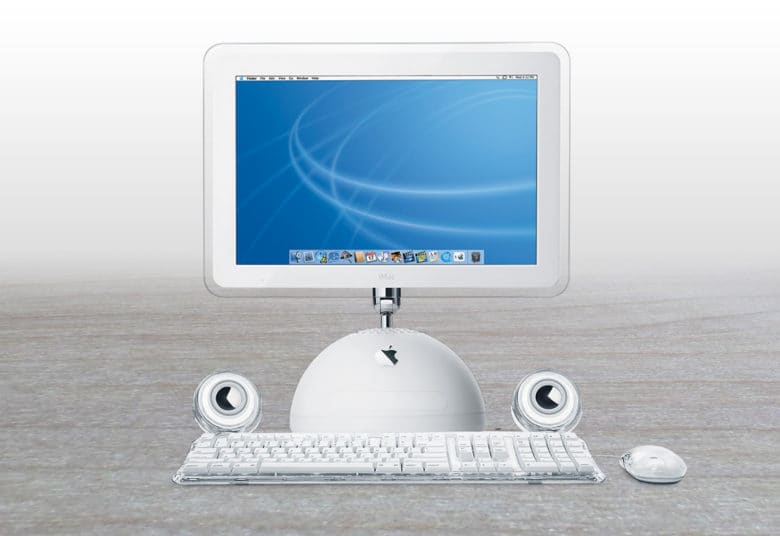
Photo: Apple
The Mac underwent some radical changes in the turn of the century: Switching from Classic Mac OS to Mac OS X; computers that were beige boring boxes to all sorts of whimsical designs.
The changes were all for the better, but they were nonetheless frustrating to long-time Mac users. “Listen, it’s just like when your favorite homepage changes the layout. Back in the day, Yahoo.com was my homepage. And every once in a while they would just change the layout and you just get frustrated,” as he told me.
But as new versions of OS X were released at a pretty fast pace, “OS X matured over time, unlike some of the Windows operating systems when they did updates and whatnot, the systems got bogged down even more. As OS X was refined, the system actually got better.”
Imagine that.
Hands up, do any of you have a setup like this? … No one?
I had to ask DiBlasi what Mac he’s using today, and the answer will be surprising.
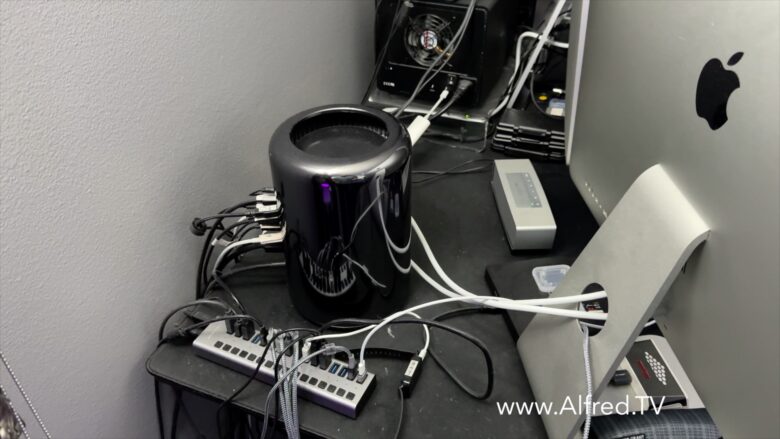
Photo: Alfred DiBlasi
“The current system is I’m using the Mac Pro 6,1 — AKA, the trash can.” Apple’s much-maligned replacement for the classic tower Mac was a small machine with little upgradability. Less than four years after its introduction, Apple reversed course in a rare admission of a big mistake.
But for DiBlasi, it’s been perfectly serviceable.
He tried upgrading to the latest Mac Studio with M2 Ultra to help using AI upscaling tools for old videos. Dropping over eight grand on the system, he was hoping to get a good seven years’ hard work out of it. But “after I loaded it up with all the software that I use, it failed. Safari wouldn’t run. Firefox puked out. Something broke it, obviously.”
DiBlasi sent it back for a full refund. “Hopefully, an M3 Ultra will be out and I’ll go another round. But right now, the trash can is doing the job except for the upscaling.”
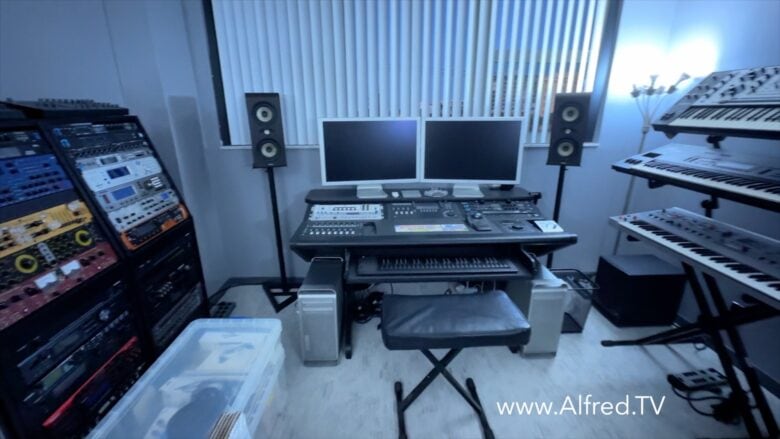
Photo: Alfred DiBlasi
Even older Macs still have their place in his condo, with an old 12-core Mac Pro powering a rack of synthesizers.
Watch the full conversation
Find Alfred DiBlasi on YouTube — if you really want to. As he puts it himself, “It’s all crap.”
